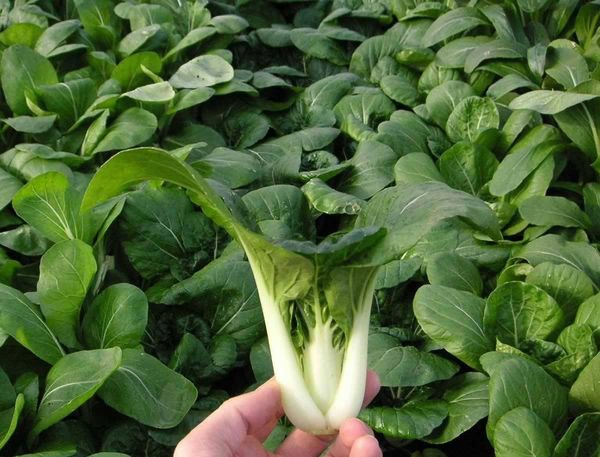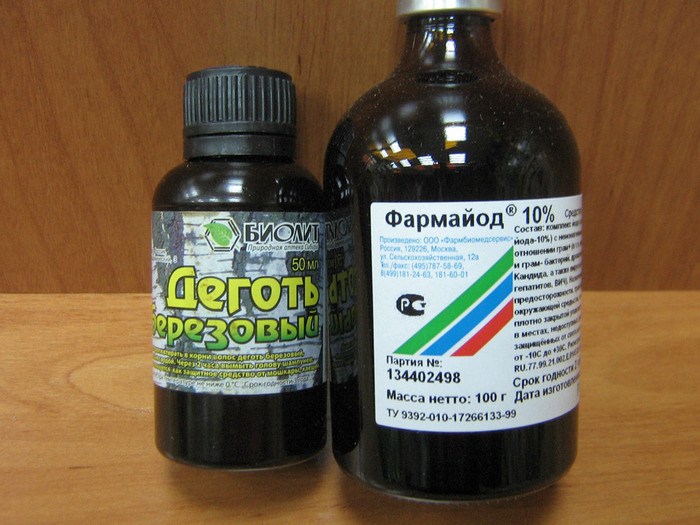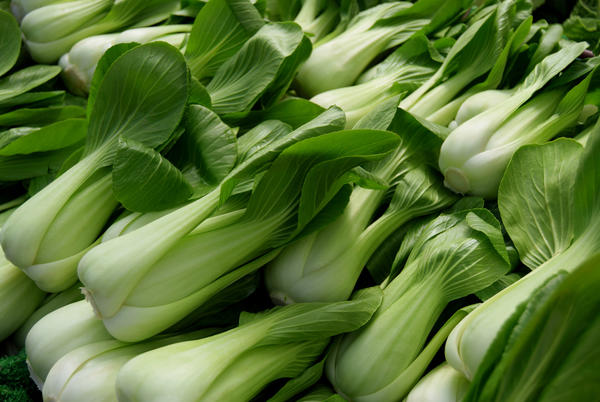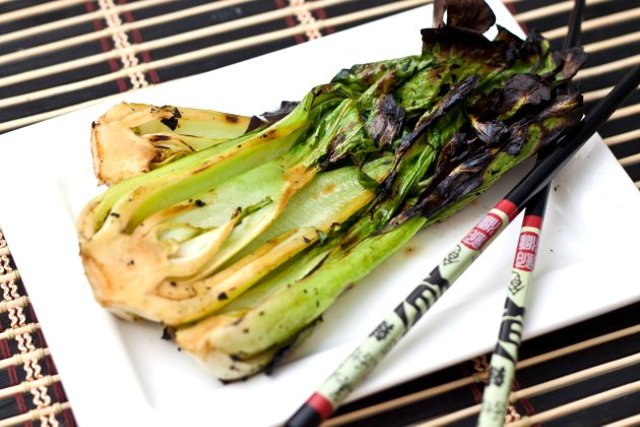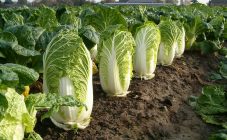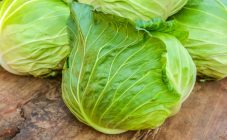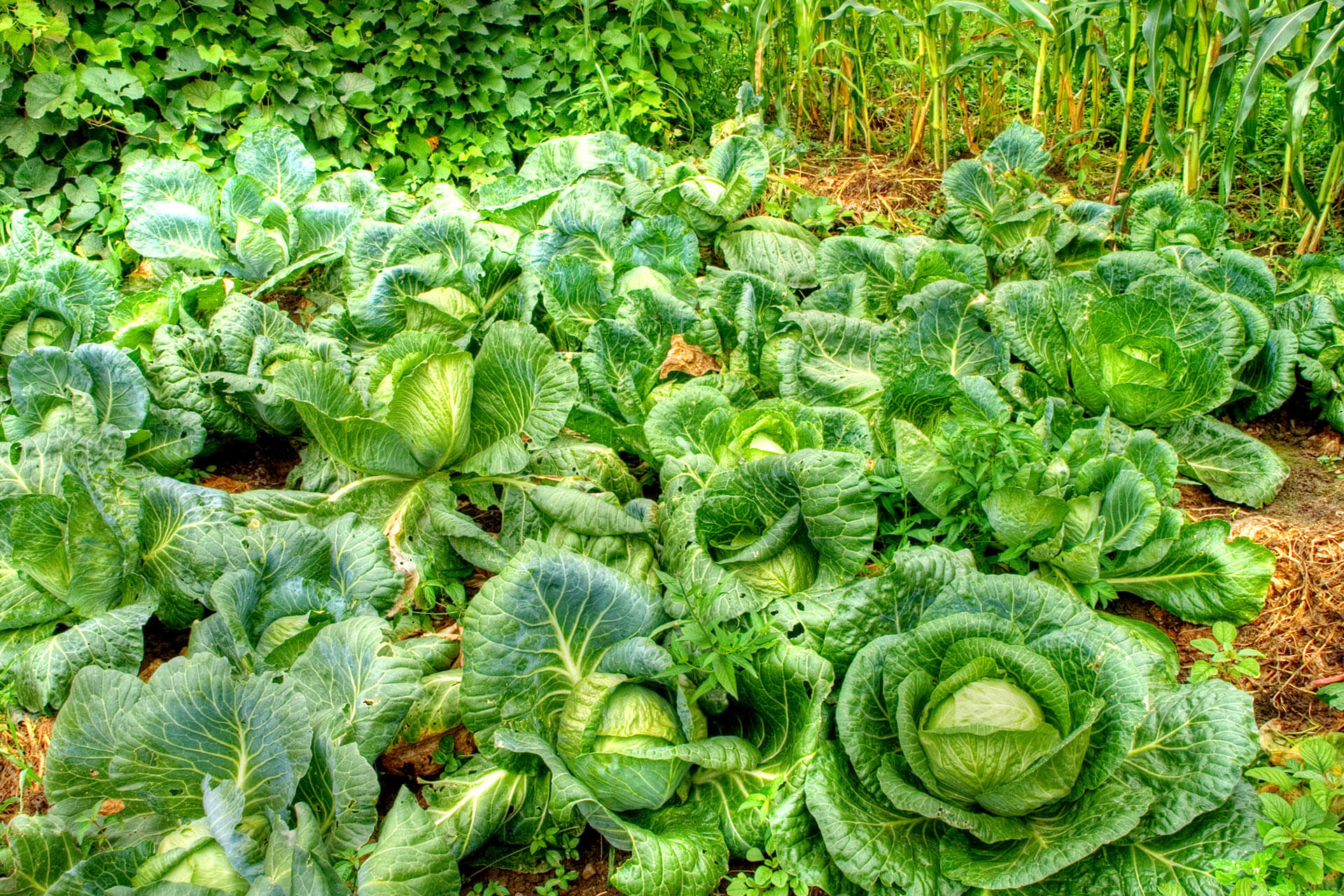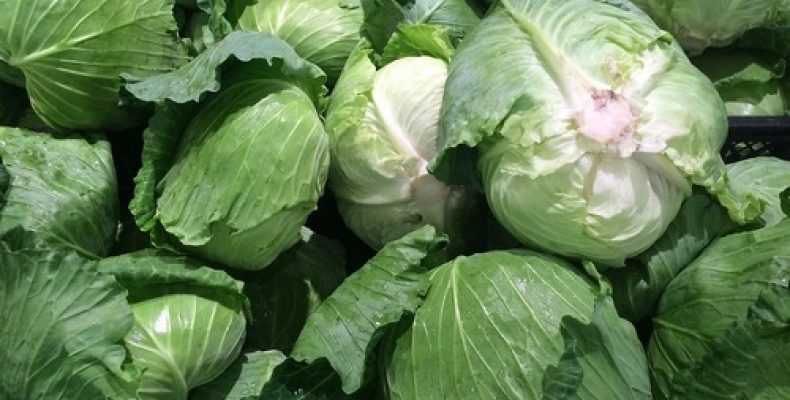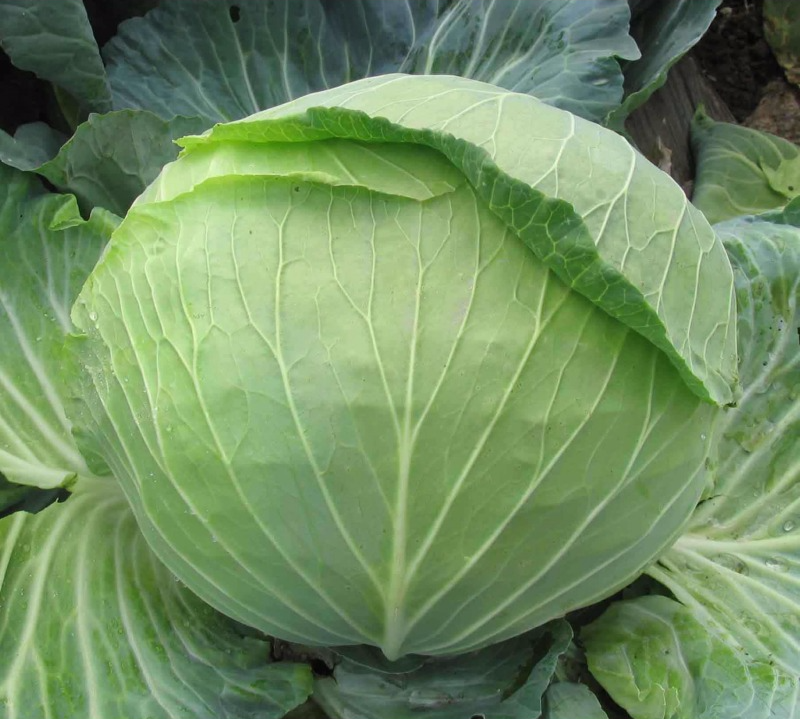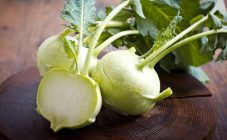Content:
Pak Choi cabbage is a popular Asian variety that wins the love of Russian gardeners and a worthy place in summer cottages thanks to:
- unpretentiousness to the ground;
- germination;
- nutritional value.
It is important for vegetable growers to know how to grow Bok choy cabbage on a personal plot.
Description
Chinese cabbage Pak choi is grown as an annual, less often as a biennial. The vegetable belongs to the Cabbage or Cruciferous family. The leafy crop has other names: mustard or celery cabbage. The crispy foliage is juicy and delicious, with delicate spicy notes and an attractive aftertaste. The variety is characterized by the formation of a leaf rosette, with a height of 35 to 65 cm. The color of the foliage of Chokopai cabbage varies from pale green with a blue tint to dark green saturated.
Distinctive features of Choi cabbage: early maturity and winter hardiness. It copes well with temperature changes in spring and autumn. It tolerates a short-term cooling - up to -4 ° С.
Two-year-old cabbage forms a peduncle in the second year of growth. Flowering is accompanied by the ripening of a huge number of seeds, which are suitable for subsequent reproduction.
Use greenhouses and greenhouses to grow Chuck sing cabbage whenever you want. Planting without shelter is possible if it is warm. The roots of the Chinese are not impressive in their length - only 15 cm. The culture is re-pollinated only with Peking cabbage.
Features of melon cabbage:
- does not form surebets;
- short growing season - 1-1.5 months after sowing seeds;
- high yield - several harvests of cabbage in the season;
- compactness of the outlet with dense petioles;
- vegetable tolerance for medium-fed soil.
Beneficial features
Cabbage contains:
- minerals: calcium and iron, magnesium and potassium, phosphorus;
- fiber, lysine, citric acid;
- vitamins: A, K, B1, PP, B2, C.
The calorie content of a vegetable is 13 kcal per 100 g of raw materials. Cabbage is prized in the diet.
Indications for use of Pak Choi:
- diseases of the gastrointestinal tract;
- diabetes;
- pathology of the heart and blood vessels;
- healing of ulcers, cuts, abrasions;
- elimination of cholesterol, toxins and toxic substances from the body;
- rejuvenation of the skin.
Contraindication - individual intolerance.
Species diversity
Russian breeders have developed cabbage varieties with an early and medium ripening period for cultivation.
The first group includes:
- Alyonushka;
- Blue;
- Vesnyanka;
- Corolla.
They mature in a month and a half.
Mid-season variety - Chinese cabbage Swallow. This category also includes:
- Four seasons and the Swan;
- In memory of Popova and Chill.
It takes 50-55 days from planting to ripening of cabbage.
Agricultural technology of cultivation
Pak choi is grown in a sunlit area or in partial shade.
Sandstone or loam with a pH of 5.5 to 6.5 is preferable.
To get a good harvest of cabbage, it is important to follow the rules of crop rotation. It is undesirable for Pak Choi to land after cabbage, radish, turnip, radish. When there are no other options, the land is cultivated with a pharmacist (1%).
The best predecessors for a guest from China are:
- pumpkin;
- bow;
- cereals;
- legumes.
The soil for cabbage is prepared in the fall: they begin digging and fertilizing. Suitable organic matter (10 kg) and superphosphate (1 tbsp. L.) Per 1 m2.With increased acidity of the soil, ash or lime (1 tbsp. L) is mixed into the mixture, about 200 g per 1 m2.
In the spring, the soil is loosened, the soil is again dug 15 cm deep and fed with urea (1 tsp) per 1 m2 of area.
Breeding methods for cabbage:
- seeds;
- for seedlings.
Landing
Cabbage is planted in open beds starting in April and ending in August. Best timing for planting Pak Choi:
- last decade of April;
- mid-July.
To prevent the vegetable from blooming and shooting, gardeners prefer sowing cabbage at the height of summer. Follow the Pak Choi landing scheme:
- Seed sowing depth - up to 2 cm;
- The distance between the holes is 20-30 cm;
- The spacing in the row spacing is 35 cm.
Vegetable growers recommend sprinkling cabbage beds with wood ash when planting to prevent the spread of the cruciferous flea.
Under unfavorable meteorological conditions, young plantings are covered with foil or agrofibre.
Seedling method
Pak Choi painfully tolerates a transplant, therefore peat cups or tablets are used for sowing. This will avoid transshipment and damage to the cabbage roots.
Planting in a coconut substrate occurs in the last days of March. Several seeds are usually placed in the cassette, deepening by 1 cm. The appearance of Pak choi sprouts is noted on the 5th day, if the room is warm. After 3 weeks, when planting on the garden, the strongest specimen of cabbage is chosen, the rest of the seedlings are removed. The optimum temperature for disembarkation is + 15 ... + 17 ° С.
Care secrets
Features of caring for cabbage are:
- watering;
- top dressing;
- loosening and weeding;
- pest and disease control.
Watering
The weather affects the frequency of watering Pak tea cabbage. Water abundantly, but do not flood. Be sure to loosen the ground after rainfall and irrigation to supply the root system with oxygen. This operation is done carefully, given the superficial location of the cabbage roots.
Loosening and weeding
Watering and loosening cabbage is combined. Weeds are removed as needed. To reduce irrigation and combat weeds, mulch with straw, weeded grass, rotted sawdust.
Do not forget to thin out the seedlings in a timely manner. The first leaves are a signal to remove weak cabbage shoots in increments of up to 10 cm.If the rows close, it is appropriate to thin out the cabbage a second time, keeping a distance of 25-30 cm between vegetables.
Fertilizer
Do not get carried away with the introduction of mineral fertilizers for early maturing cabbage. Just right for feeding herbal infusions, which are applied 1-2 times. Pak Choi is fed with organic matter: a solution of mullein in a ratio of 1:10. The culture is responsive to bird droppings, which are taken in a ratio of 1:20.
Resistance to pests and diseases
The Chinese woman is characterized by resistance to disease.
Often, cabbage is affected by the cruciferous flea. As a preventive measure, the following are used:
- covering with agrotextile;
- dusting with tobacco dust and ash;
- spraying with Kinmix aqueous solution.
When the sheets are formed, they are examined to detect egg-laying of white scoops. Cabbage is fought by hand, collecting and destroying individuals.
In the battle with slugs and snails, manual collection and setting of traps based on bran and tincture of alcohol is suitable. Effectively using the Rodax product.
Harvesting
Harvesting cabbage is advised to be carried out at every stage of crop cultivation: from germination to the appearance of flower arrows. The vegetable is harvested as it ripens: individual leaves are torn off or the outlet is completely cut off, after which the roots are cut off.
The grown cabbage is cut at a level of 2-3 cm above the soil. Adults are removed a little higher. It is advisable to remove Pak Choi in the morning - the plant is saturated with moisture.Greens do not imply long-term storage. However, the use of cling film for packaging will keep the washed and dried outlet in the refrigerator for about 2 weeks.
To extend the harvest of a high-quality cabbage crop, you will need to plant Pak Choi seeds in stages, at 1 or 1.5 week intervals.
Cooking applications
An overseas guest is irreplaceable in a salad. To prepare it, you need to salt the chopped vegetable and season with vegetable oil.
Pak tea is suitable both for a side dish and for the second course. Chop the cabbage stalks into slices and put them in a frying pan heated in vegetable fat. Soft green leaves are added when the petioles are cooked. Spices and salt are required.
It is possible to stew, add to borscht and soups, other foods.
In the summertime Pak choi is an excellent substitute for white cabbage, although it is not suitable for pickling in the winter.
Growing cabbage Chok Pai will allow you to add variety to the menu for every day. A healthy, low-calorie product suitable for a balanced diet.
Collard greens will be a decoration for both the table and the garden area due to the rosette of leaves that resembles the original vase.
For beginners, it will not be difficult to grow cabbage and indulge in a vitamin harvest. Acquaintance with the vegetable crop and planting Pak choi in the country will be an argument not to part with Chinese cabbage in the future.

